Hello everyone — welcome to Watch Knitting. In this post I’ll show you how to knit the Lotus Stitch, a delicate and elegant texture that adds a refined, professional look to any project. The Lotus Stitch is beginner-friendly yet produces a sophisticated result, making it perfect for a wide range of items: cardigans, baby blankets, hats, scarves, shawls, cushion covers and throws.
If you prefer to follow along visually, watch the video tutorial on our channel. Below you’ll find a helpful overview, materials list, tips for working the stitch, and ideas for incorporating the Lotus Stitch into your projects.
Quick overview
- Pattern repeat: 4 rows
- Stitch multiple: multiple of 4 stitches + 5
- Sample shown: cast on 21 stitches (gives 4 full repeats)
- Yarn & needles used: worsted weight yarn, 2.5 mm needles (2mm is recommended)
Materials
- Worsted weight yarn (or any yarn you prefer; gauge will change the look)
- 2.5 mm knitting needles (adjust to your yarn and gauge; preferably go one size down — for example, 2 mm would give a better result with worsted weight yarn)
About the stitch (what to expect)
The Lotus Stitch creates small petal-like clusters that sit on a textured background, giving the fabric a subtle three-dimensional appearance. It’s worked over a short 4-row repeat which makes it easy to memorize and ideal for both mindless knitting and focused projects. The pattern includes slipped stitches and yarn overs to create the delicate, raised motifs that define the Lotus Stitch.
Because the stitch uses increases and decreases concentrated over a small area, it produces gentle texture without heavy bulk — a great choice for garments and accessories where drape matters.
Project ideas
- Baby blankets: The lotus motif gives a soft, lacy texture that reads like heirloom knitting — perfect for keepsakes.
- Scarves and shawls: Use a longer gauge and soft yarn to emphasize drape and texture.
- Sweaters and cardigans: Add the Lotus Stitch as a panel or yoke detail for subtle visual interest.
- Home décor: Cushion covers and throws benefit from the tactile quality of the stitch.
How I worked my sample
For this demonstration I cast on 21 stitches (multiple of 4 + 5) and used worsted weight yarn with 2.5 mm needles (I recommend 2 mm needles). I started with a single row of rib to stabilize the base, which gives a clean edge and helps the pattern sit nicely. The sample produces four full repeats across the width and displays how the motifs align when repeated.
Instruction
Cast on: Multiple of 4 stitches + 5
- Row 1 (WS): edge, rep [K3, SL1YO], K3, edge
- Row 2 (RS): edge, rep [P3, SL1YO], P3, edge
- Row 3 (WS): edge, rep [K3, (P1, YO, P1) in next st], K3, edge
- Row 4 (RS): edge, rep [P2, K2TOG, K1, SL1-TWIST, K2TOG TBL], P2, edge
➡️ Repeat Rows 1–4 to continue the pattern.
Abbreviations
- K – Knit
- P – Purl
- YO – Yarn over
- SL1YO – Slip 1 stitch with yarn over (bring yarn to front, slip 1 purlwise, then take yarn over needle to back, creating an extra loop)
- K2TOG – Knit 2 stitches together
- K2TOG TBL – Knit 2 stitches together through the back loop
- SL1-TWIST – Slip 1 stitch knitwise, then knit the next stitch and pass the slipped stitch over (twisting it)
Tips & technique pointers
- Edge stitches: Work a neat edge by slipping the first stitch purlwise and knitting the last stitch of each row where appropriate; this keeps selvages tidy for seaming or picking up stitches later.
- Working yarn overs and slipped stitches: When you encounter consecutive yarn overs on the same stitch (creating multiple loops), insert the needle carefully and treat the clustered loops the same way each repeat to ensure consistent results.
- Offsetting repeats: You can create an alternating, offset layout by switching where you place the yarn overs on alternate repeats. This produces a staggered motif arrangement that looks great as an all-over texture.
- Gauge & fabric behavior: Because the stitch includes yarn overs and cluster shaping, fabric may be slightly open and airy. If you want a denser result, choose a smaller needle or a tighter tension.
- Needle size tip: I recommend knitters use a smaller needle size than usual for the selected yarn to achieve a crisper texture and prevent the fabric from becoming too loose.
Final thoughts
The Lotus Stitch is a lovely, repeatable pattern that’s simple to learn and fun to work. Repeat the 4-row sequence to create an elegant fabric with a subtle three-dimensional motif. Whether you’re making garments, accessories, or home items, this stitch will add a polished, decorative touch to your knitting.
If you enjoyed this post, head over to the Watch Knitting YouTube channel to watch the full tutorial and follow along with the video. Subscribe for more stitch patterns, troubleshooting tips and project inspiration.
Tags: knitting, lotus stitch, textured knitting, stitch pattern, knitting tutorial, watch knitting, knit stitch ideas
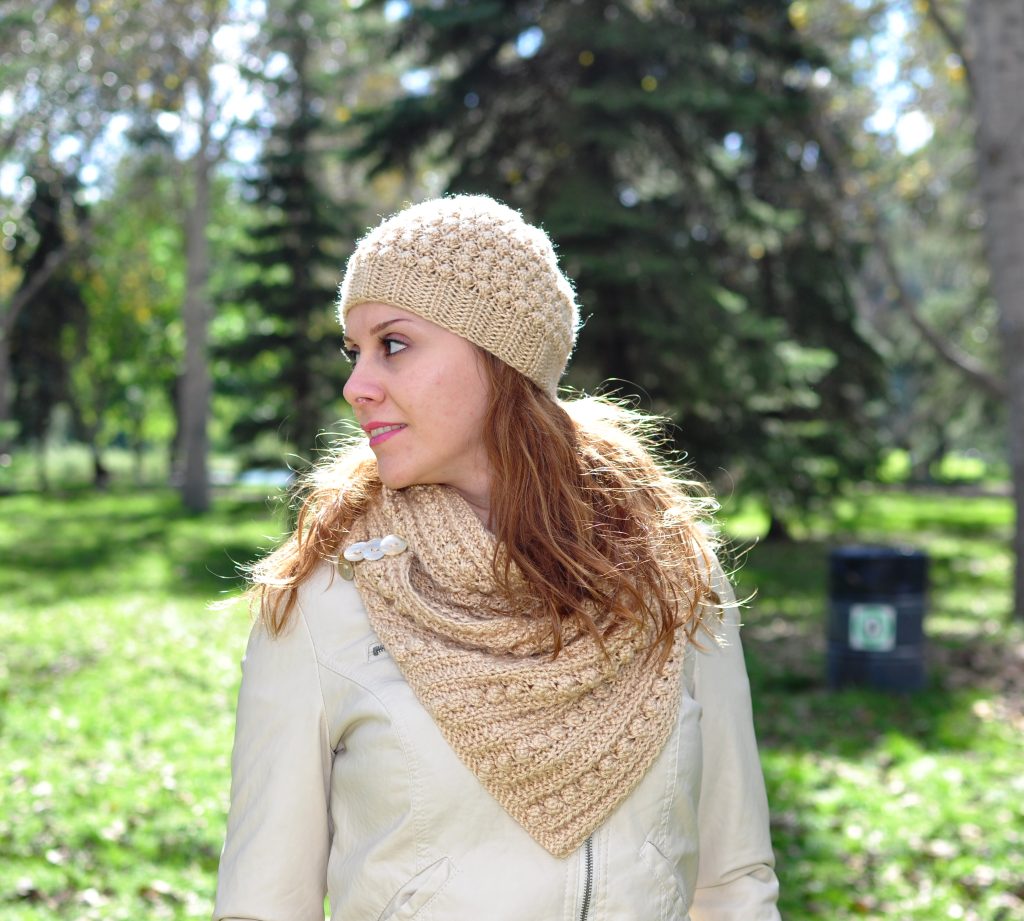
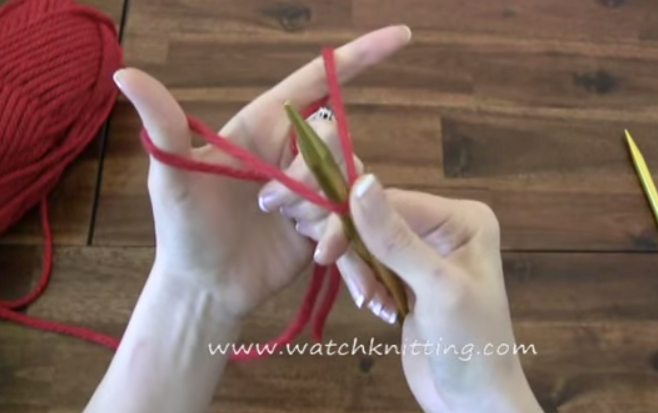
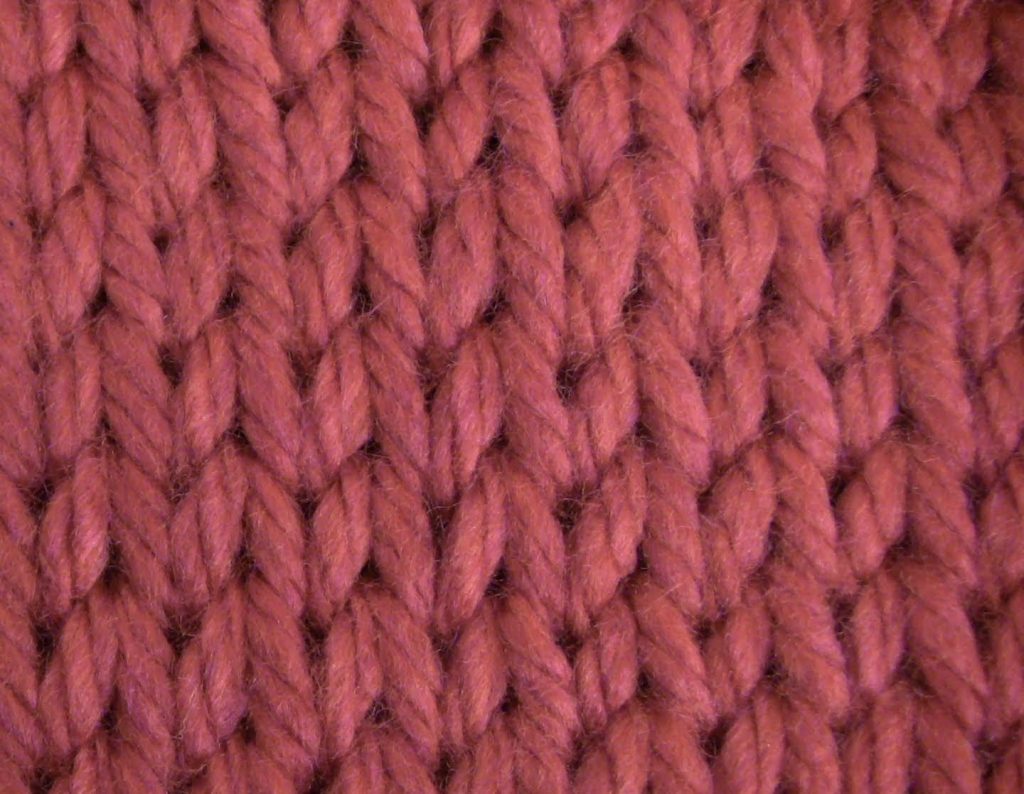
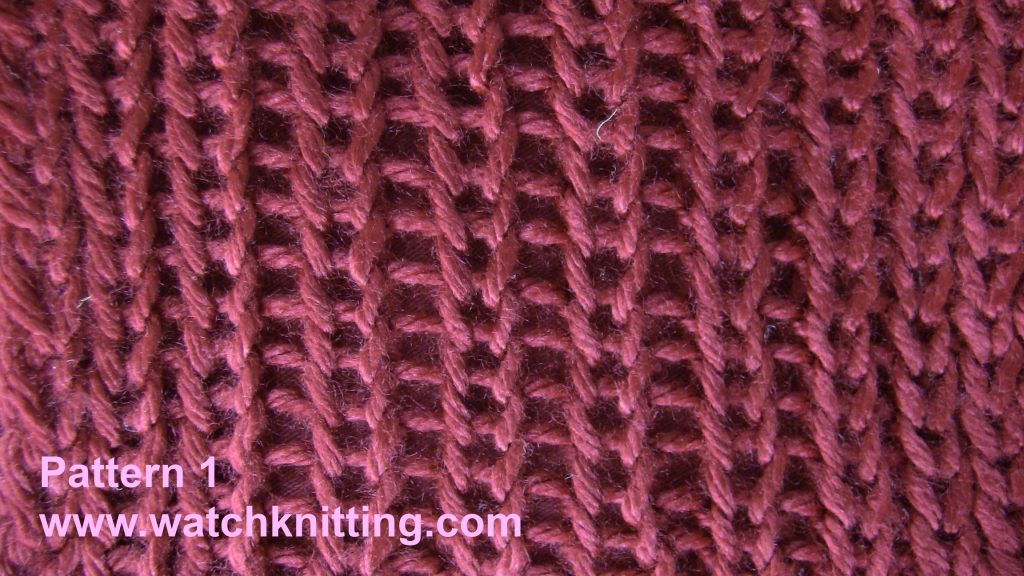
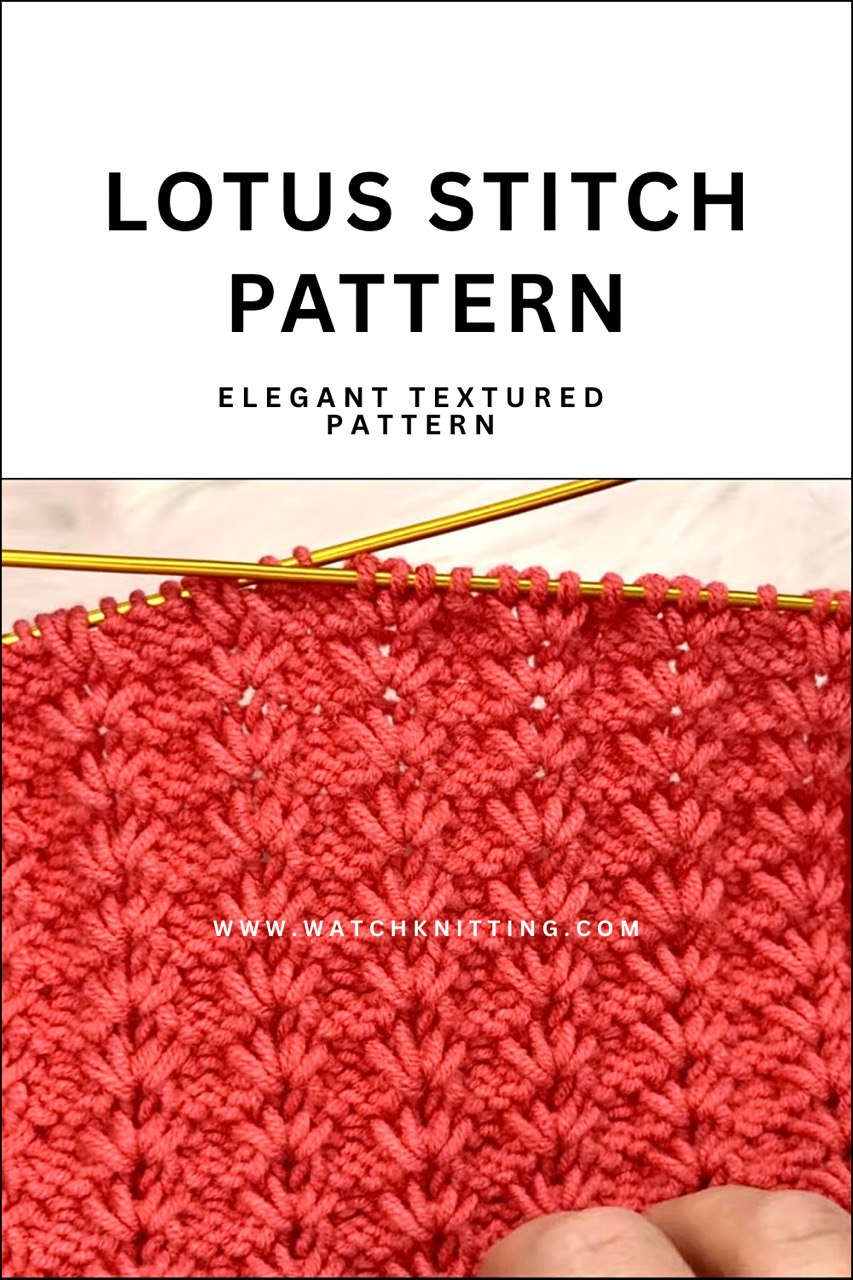
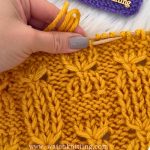
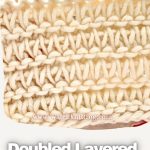
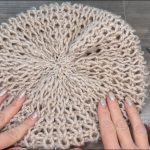
Leave a Reply